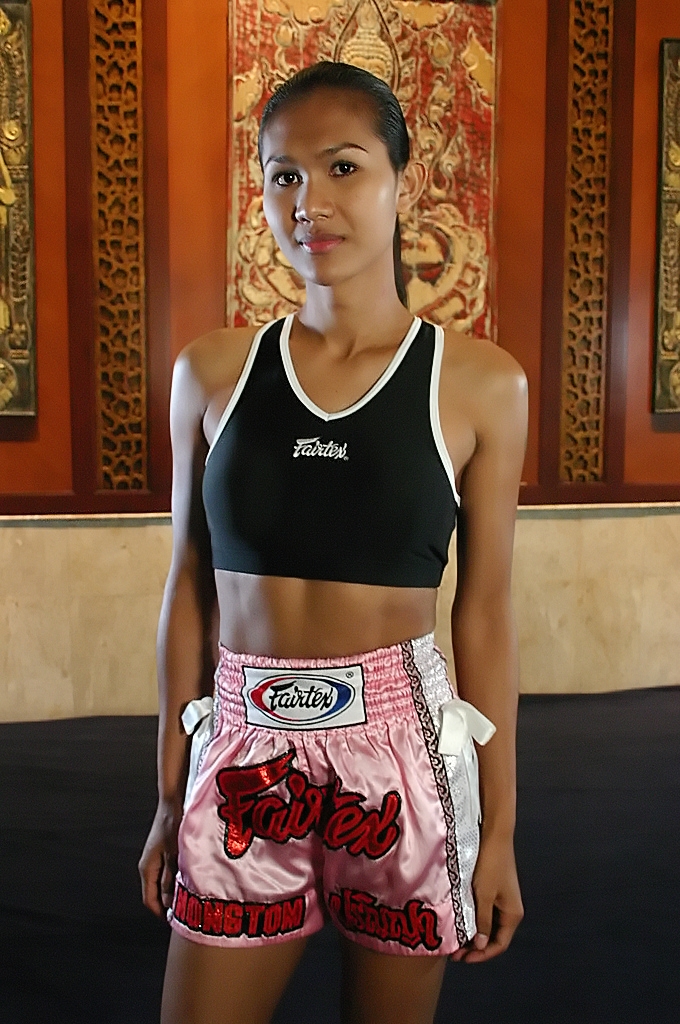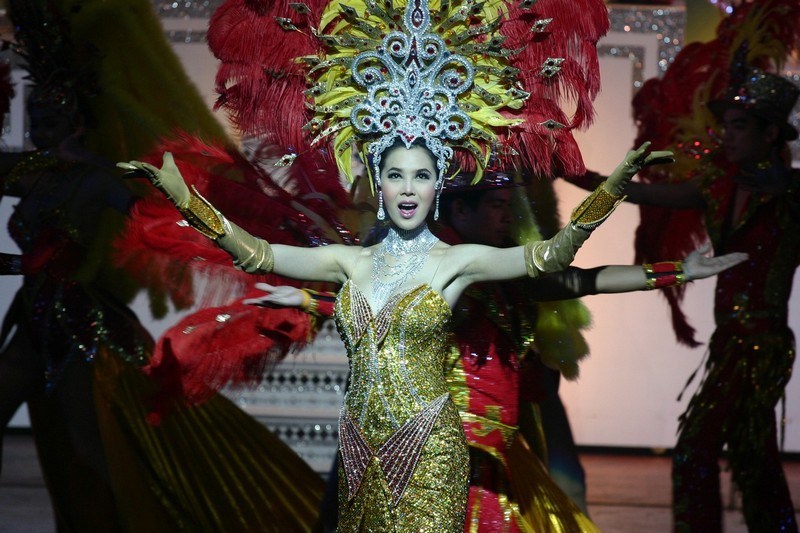Listen up, Gents. We’re about to spill the tea on the derogatory term, “Ladyboy”.
In Thailand, transgender women are well known among Western visitors for their campy cabarets and rhinestone renditions of Whitney classics. While the performances themselves are all glitter and glee, the trans women behind the shows are often marketed to us Westerners as, unfortunately, “Ladyboys”.
While we encourage you to get swept up in the magic of Thailand’s cabarets and LGBT nightlife, it’s important you’re equipped with the correct language to be respectful of the talent behind the boa.
Scroll down to discover five fast facts about “kathoey”, the term preferred amongst Thai trans women.

1. Like most countries, Thailand has numerous gender roles and expressions.
While its difficult to directly translate some terms, “Ladyboy” is most likened to the problematic Western slur “Shemale”. The term was forced on transgender performers by tourists and doesn’t properly convey their experiences or self-expression. Kathoey (also spelled Katoey) is widely considered the correct term to use.
2. In Buddhism, there are four genders: male, female, bhatobyanjuanaka and pandaka.
Kathoey is the pronoun for bhatobyanjuanaka and originally referred to intersexed individuals. However, it’s now become an umbrella term for a range of gender expressions/attributions including intersexed, effeminate gay men and male-to-female transgender individuals.
It’s important to note, depending on the person using the term and the context of the situation, “kathoey” can be used in a discriminatory manner. For example, the word can be used to mock a trans woman for not being born biologically female. Be mindful of the term to ensure you’re not accidentally throwing shade.

3. ‘Transgender’ is a western concept and doesn’t necessarily fit Thai beliefs.
As mentioned, in Buddhism there are four genders. So the idea of transitioning from male to female doesn’t necessarily make sense. The Thai believe you can’t transition because your spirit always contained both genders. Its a nuanced but important difference and may explain why Thailand’s trans community is one of the largest in the world.
4. Buddhism acknowledges the presence of spirits.
According to scripture, cis-men (“cis-” meaning an individual who identifies as the gender they were biologically born as) only have the power to communicate with male spirits, and likewise, cis-women with female spirits. As mentioned before, kathoey possess elements of both genders and their spiritual connection is thus enhanced; they can communicate with both male and female spirits. Historically, this lead many kathoey to become mystics, shamans and spiritual leaders within their communities.
5. After Thailand was colonized, the position of kathoey shifted in society and many individuals faced newfound discrimination and harassment.
One area of concern is workplace discrimination. Many kathoey have difficulty finding jobs. Consequently, they often turn to sex work to support themselves. While the career choice is cause-and-effect, it’s the only means for many to support themselves and live openly as their chosen gender.
Before we wrap up this post, we want to hit home one major takeaway. If you’re keen to kiki with kathoey, be mindful of the language you use and avoid tossing terms around that degrade and discriminate against the fab Thai ladies themselves.

